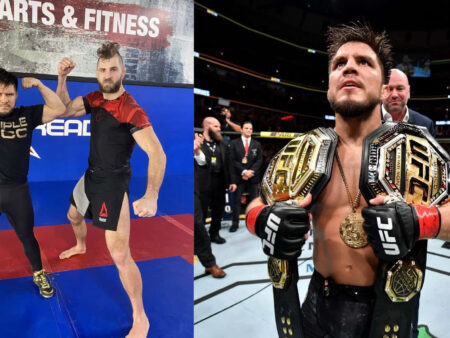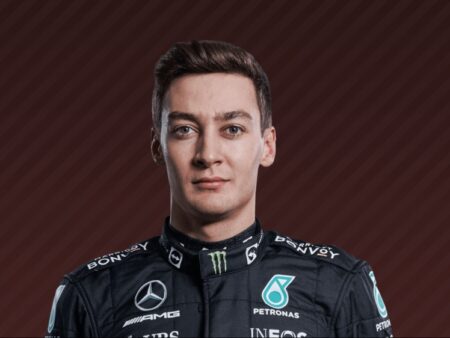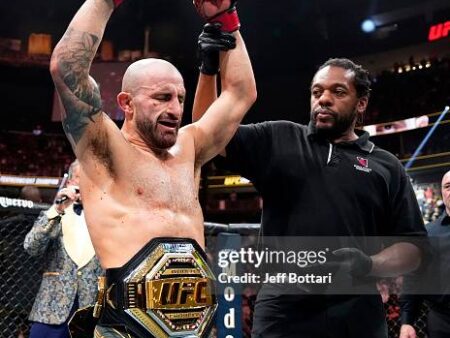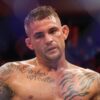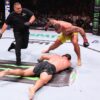Time is running out for the 2025 NHL draft class. Regular seasons are concluding, playoffs are approaching, and the U18 international tournament is on the horizon. Scouting teams are working intensely to finalize their evaluations before submitting their final lists for the 2025 NHL Draft.
A general overview of this draft class indicates a degree of certainty among the top 10-15 players expected to be selected in the first round. While prognosticators may differ on the exact order within this group, the names are largely consistent. The draft becomes more intriguing, and predicting selection order becomes less clear, in the latter half of the first round.
Approaching the midpoint of the first round, the range of players who could be picked significantly widens. This is not unusual, but it typically occurs later than the midway point. Some suggest this indicates a mediocre draft class, and while this may prove true, an earlier start to this wide-open segment allows more teams to prioritize drafting for specific needs rather than solely based on the best available player. This approach reduces pressure to rush player development, allowing for more patient long-term plans.
While some may be pessimistic about the skater depth in this draft class, the goaltending prospects appear promising. Several strong goaltending options are playing in Europe this year, alongside a number in North America. Due to his size, it is believed that WHL Prince George goalie Josh Ravensbergen will be the first goalie selected, but it would not be surprising to see up to three goalies picked in the first round. This will likely depend on the number of teams with multiple picks and which teams hold those picks.
Several interesting questions surround this draft class. After Matthew Schaefer, who will be the next defenseman chosen? Despite being injured for much of the season, will Schaefer still be the first overall pick?
Speaking of injuries, will Roger McQueen have sufficient time to demonstrate his medical fitness to regain a position within the top five of this draft class?
Regarding injuries further, where will Carter Bear be drafted? He was rapidly rising into the top 10 prospects before an Achilles injury ended his season. It is expected he will remain a top 10 pick, but his injury serves as a cautionary tale. Recalling the 2019 draft, Vegas selected Peyton Krebs 17th overall after a similar injury. Krebs was initially considered a top 10 prospect, fell in the draft, and has struggled to consistently perform nearly 300 games into his NHL career.
Additionally, how will NHL teams evaluate smaller, highly skilled forwards? Which of these players will stand out, and where will they be drafted?
What about the CHL/NCAA dynamic? How, if at all, will this situation affect the draft?
Will the signing period for CHL players remain at two years, or will it extend to four years, similar to NCAA players? Will NHL teams have this information before the draft in Los Angeles?
Will the NCAA change its stance on whether signed players can play NCAA hockey, or will all professionally signed players need to remain in their junior leagues or the AHL?
Currently, there seem to be more questions than answers. In the meantime, here are the March draft rankings.
No. 1: Matthew Schaefer, D, 6-foot-2, 183 pounds, Erie Otters (OHL)
Continues to rehabilitate and will be reassessed in early April. He likely does not need to play again this season to maintain this ranking, but there will be interest in seeing him if Erie advances further in the playoffs.
